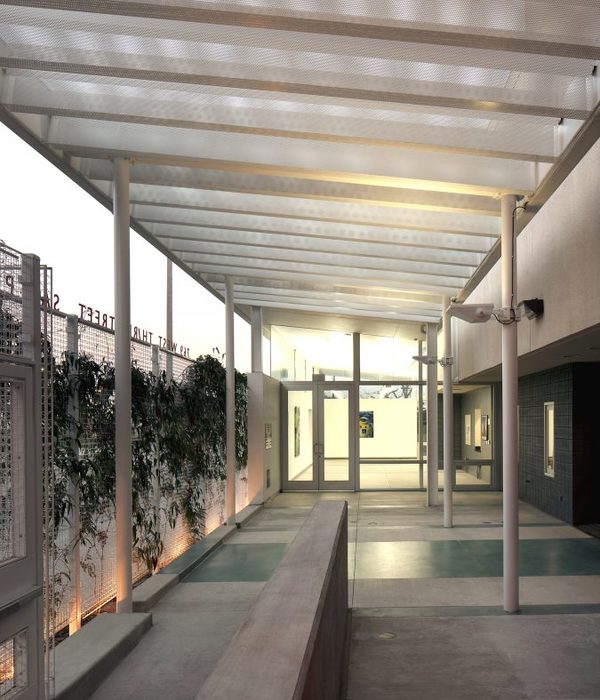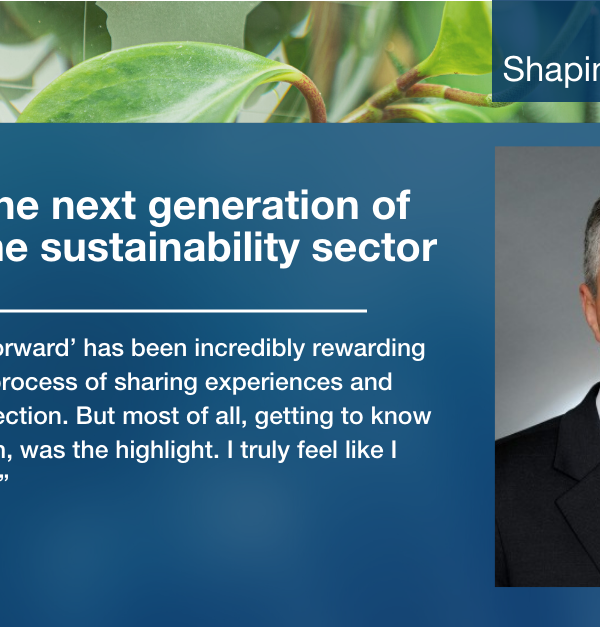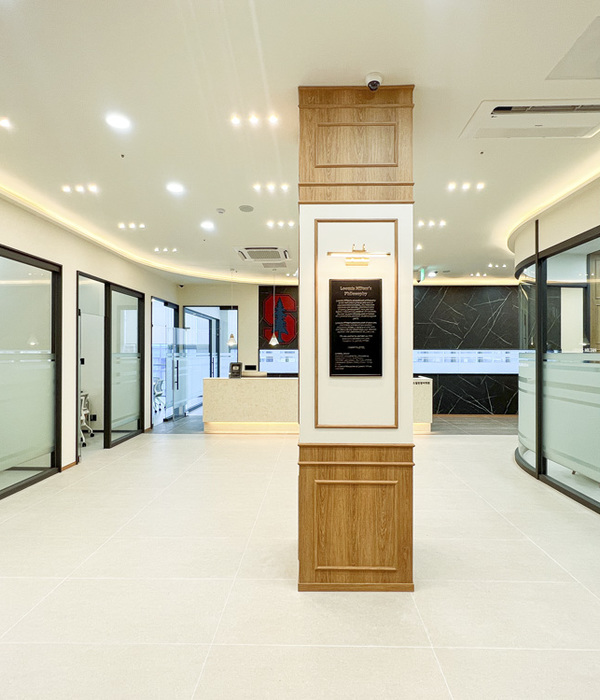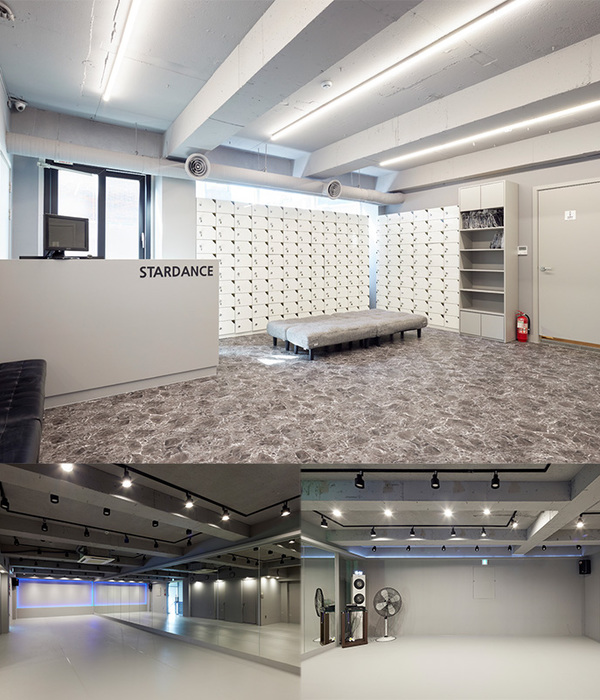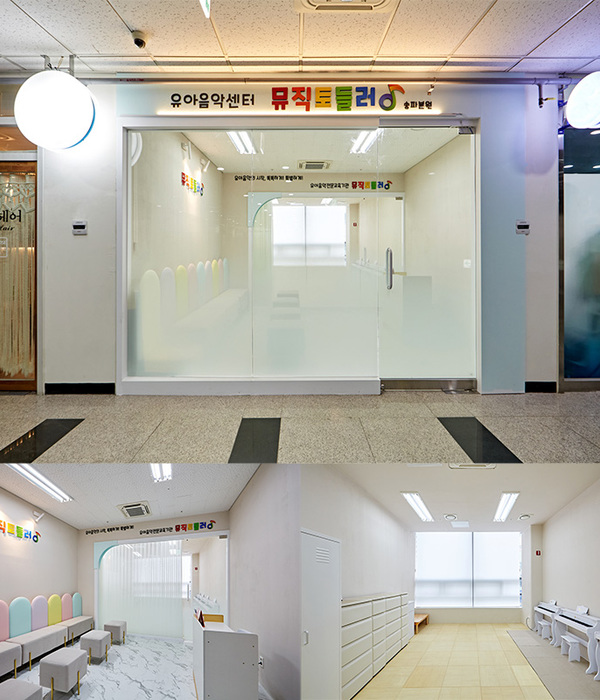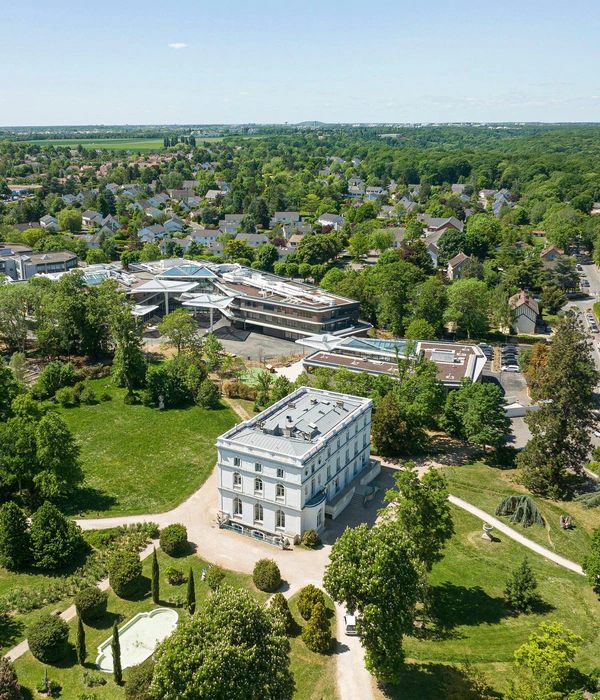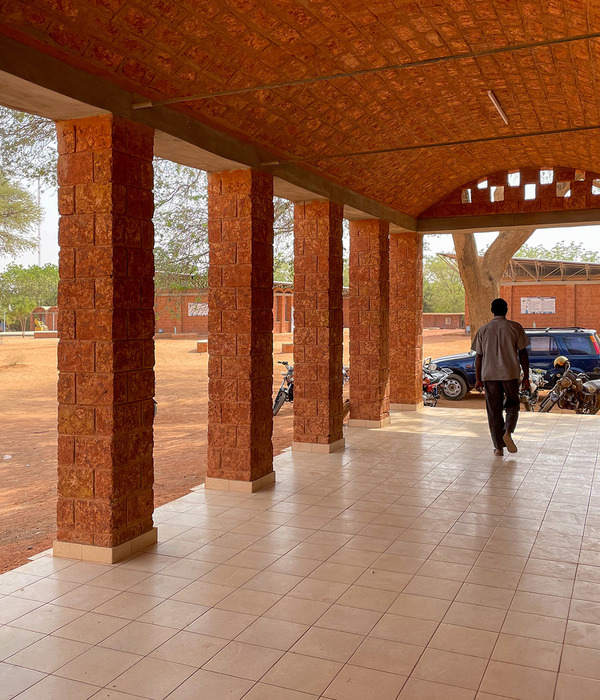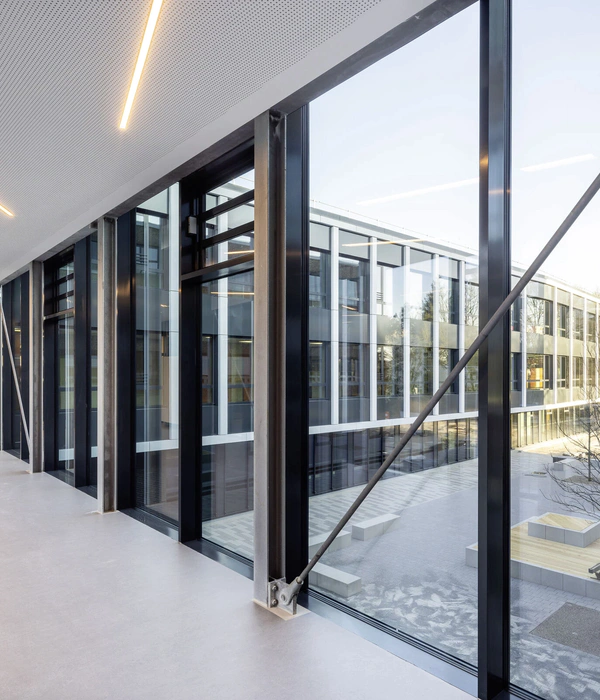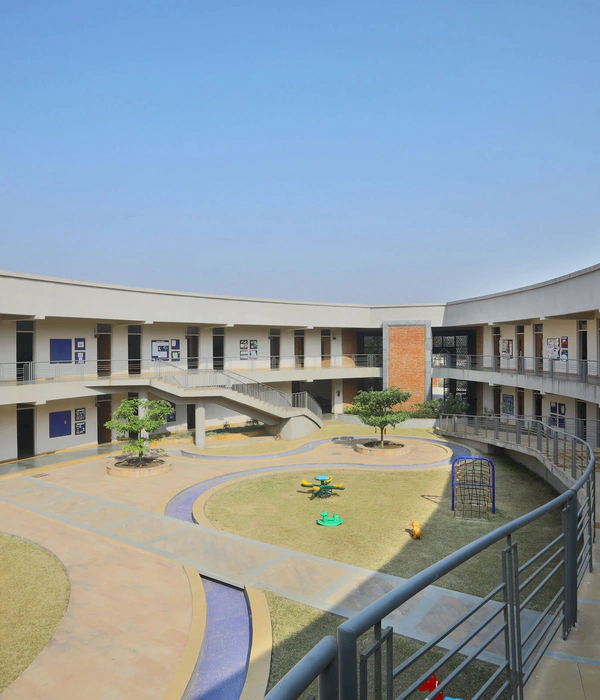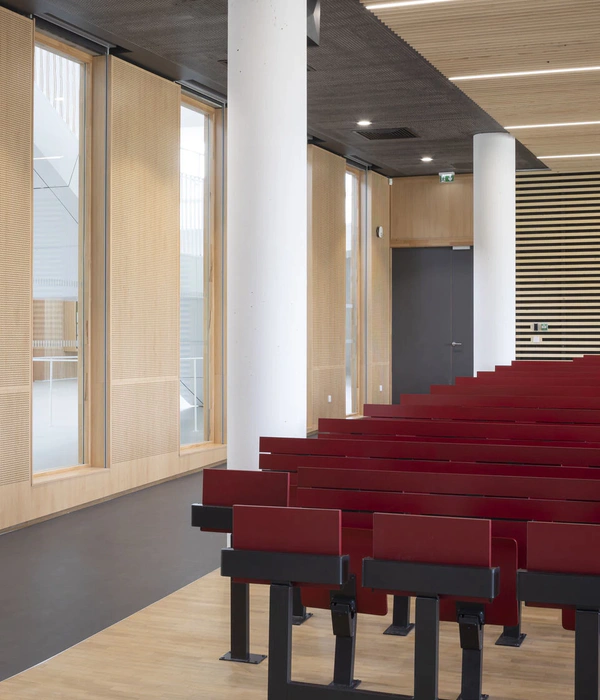Architects:TAAL Architects
Area:865m²
Year:2018
Photographs:Kim Junghyun
Lead Architect & Principal:Seo Jiyoung
Lead Architect & Partner:Zo Hangman
Partner Designer:Im Jonghoon
Collaborating Architects:bi.WON Architects
City:Gwangyang-si
Country:South Korea
Text description provided by the architects. Making a contemporary autogenous vernacular architecture. Resonant with the nature, architecture that mediates human and climate: Located outskirt of beautiful Baegun Mountain, the meaning of SNU Southern Forest Education & Reseach Center should not be limited to secure space for the collection of Korean native plants, propagation, conservation, research, management, exhibition, and education nor be confined to a banal green slogan “Go back to Nature” as opposed payment
Means of elastic Seoul National University Southern Conference rim estimated Experiment Station Education Research Building (the Southern Research Forest Education Research Building), which is the beautiful White Clouds Mountain skirt is secured space for the collection of Korean native plants, propagation, conservation, research, management, exhibition, education or confined to, and also "go back to nature 'as opposed payment of abuses of material civilization, it is difficult to even for the vacant green space then relief. Mediated the relationship between the "southern rim Academic Education Research Building 'is nature and culture, and human, and to be honest that construction people like each other. The core of the plan proposed here is to co-exist harmoniously in landscapes, and climates, like wildflowers training of new research building, is one of the trees or one that grows in the ground as if from the beginning. This is as true to nature, not to resemble a battlefield disguised as soldiers, to ensure that only the inconspicuous appearance, which means that architecture and space work in accordance with its principles.
Architecture that is synesthetic and specifically communes with nature: The relationship between the user (human) and nature (climate, environment) established through this building was expected to be a concrete one that can be sympathetic to each other. It is not an isolated architectural space that exists alone and isolated from the surroundings, but when the wind blows, you can feel a cool tickle on your face. Next, when the sun is good, the brilliant light seeps into the courtyard and terrace, and when it rains, rainwater on the eaves I imagined architecture and a space where one could even smell the sound of hearing and the fishy smell of rising moisture. In addition to the thousands of native plant specimens growing in the vast area of Mt. Baegunsan, it was intended to realize an architectural space where the southern academic forest, a living entity, permeates inside and outside the building. Thus, the purpose of the academic forest, such as conservation, research, exhibition, and education, can be achieved through the building in a holistic and natural way.
A modern reinterpretation of a traditional hanok space: Our unique architecture, the hanok, is an excellent example of this plan for a number of reasons. Hanok is an architecture that is native to our nature and climate and assimilated into the landscape over hundreds of years. In particular, Temples and Seowons in mountainous areas, not in densely populated areas, show an optimized eco-friendly architecture that harmonizes with nature on the Korean Peninsula.
4 ways to face nature: In addition, various ways to bring nature rather than architecture into architecture or to face nature were planned with inspiration from traditional Korean architecture. Through various design solutions including the considerations listed above, the Seoul National University Nambu Academic Forest Education and Research Building will melt into the scenery of Mt. Baegunsan, It will be a representative symbol.
Project gallery
Project location
Address:Gwangyang-si, Jeollanam-do, South Korea
{{item.text_origin}}

